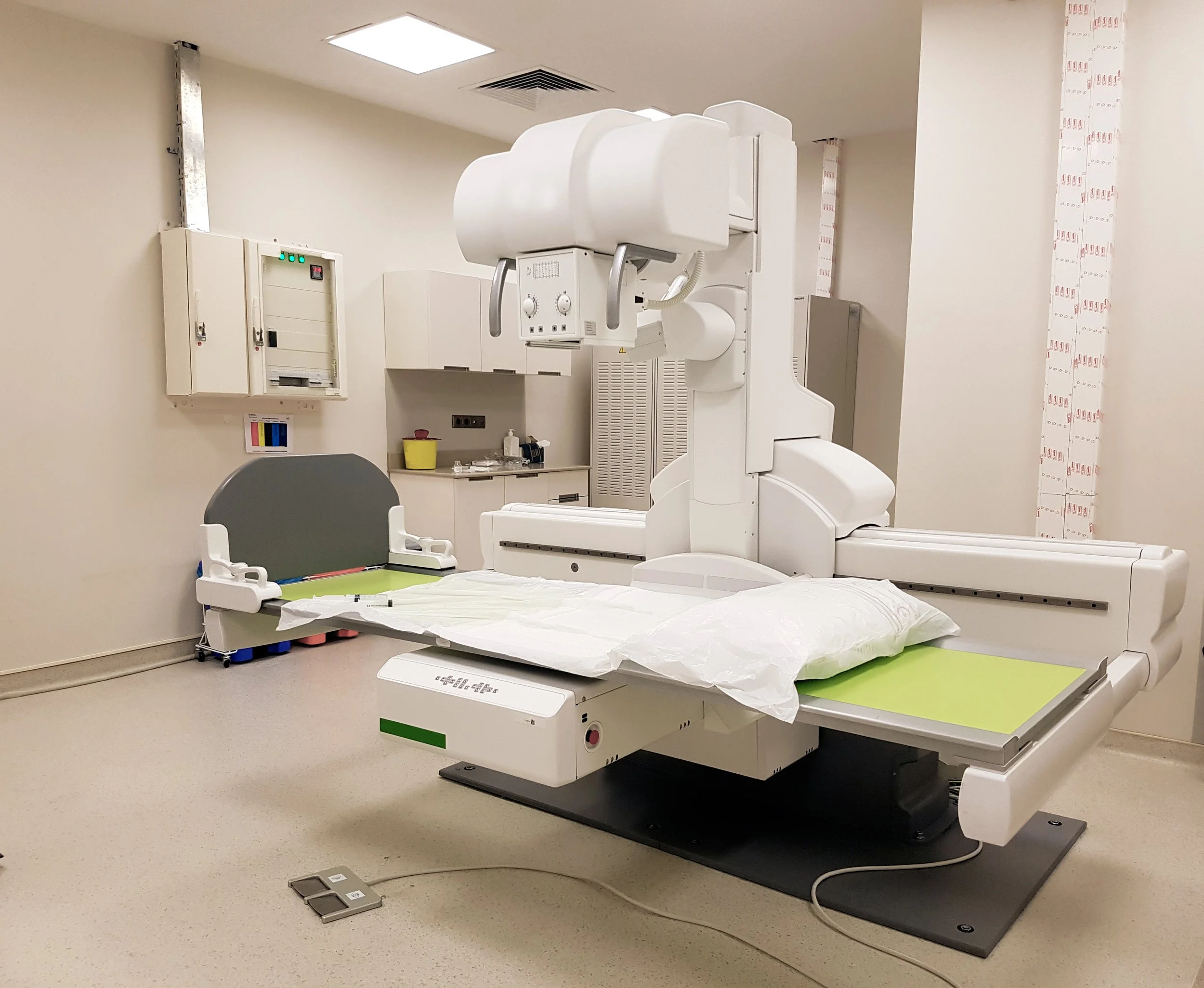Fluoroscopy
What is Fluoroscopy?
With the aid of a contrast agent, Fluoroscopy enables a x-ray technologist to capture an image of an internal body organ while it is functioning. This contrast agent allows the image to be viewed clearly on a monitor or screen.
What are some common uses of Fluoroscopy?
Fluoroscopy is used to screen for ulcers, benign tumors (polyps, for example), cancer, or signs of certain other intestinal illnesses.
How should I prepare for this procedure?
Preparation varies depending on the type of test given - Lower and Upper GI, Intravenous Pyelogram (IVP). Your doctor will give you detailed instructions on how to prepare for your exam.
You should inform your doctor about any recent illnesses or other medical conditions, as well as any allergies you might have to medications.
Women should always inform the technologist if there is any possibility that they are pregnant.
What can I expect during this procedure?
Fluorsocopy is generally painless.
Depending on the type of fluoroscopic test you undergo, in general you will be asked to lie or stand between the X-ray machine and a fluorescent screen after putting on a gown.
An X-ray scanner produces fluoroscopic images of the body part being examined.
You may be repositioned frequently to enable the radiologist or technologist to capture different views.


